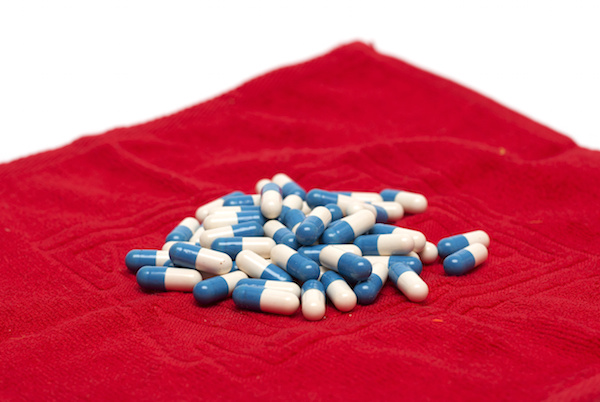
THURSDAY, Aug. 22 (HealthDay News) — People suffering mild to moderate ischemic strokes who get immediate medical treatment can greatly reduce their odds of disability, a new study suggests.
An ischemic stroke occurs when a clot blocks blood flow to the brain. According to the American Stroke Association, nearly nine out of every 10 strokes are ischemic strokes. Current guidelines recommend giving a clot-dissolving drug within 4.5 hours of stroke onset.
However, the new study found that when these clot-busting drugs were administered even sooner — within 90 minutes of the appearance of stroke symptoms — patients had little or no disability after three months compared with patients who got the drugs later.
“Despite the time window of 4.5 hours to give clot-busting drugs, there are clear differences between patients treated ultra-early — within 90 minutes — and those treated later,” said lead researcher Dr. Daniel Strbian, an associate professor of neurology at Helsinki University Central Hospital in Finland.
“This finding calls for streamlining the processes starting from symptom recognition, ambulance call, transport to hospital and in-hospital treatment,” he said.
Each year in the United States, about 795,000 people suffer a stroke. Of those people, about 130,000 die, while many others suffer serious, long-term disability.
Dr. Ralph Sacco, chairman of neurology at the University of Miami Miller School of Medicine, said “this study adds to the growing evidence of the importance of treating even mild and moderate strokes as rapidly as possible.”
Stroke patients need to get to the closest stroke center right away and get clot-busting drugs started as early as possible, Sacco said.
“We often say that ‘time is brain’ and that every minute counts. We need to make sure people recognize the warning signs, call 911 and get urgent treatment for stroke,” Sacco said.
For the study, published online Aug. 22 in the journal Stroke, Strbian and an international team of researchers collected data on more than 6,800 stroke patients seen over 14 years in 10 European stroke centers.
All of the patients were given the clot-dissolving intravenous drug alteplase, a so-called tissue plasminogen activator (tPA). Some were treated within 90 minutes, while others got the drug up to 4.5 hours after their symptoms emerged.
The researchers divided the patients into three groups based on the severity of their stroke: minor; mild/moderate; and moderate/severe.
The investigators found that patients with mild to moderate stroke benefited most from ultra-early care. Patients with minor strokes also benefited, but the odds of disability are already very low in these patients, they noted.
Patients with severe stroke didn’t see as much benefit from ultra-early treatment because they had extensive artery blockage, the study authors added.
The American Heart Association/American Stroke Association recommends calling 911 at the first signs of a stroke. To learn to identify and act on stroke symptoms, people should remember F.A.S.T., which stands for:
- F: Face drooping. Does one side of the face droop or is it numb?
- A: Arm weakness. Is one arm weak or numb?
- S: Speech difficulty. Is the speech slurred or incoherent?
- T: Time to call 911 when someone is experiencing these symptoms.
More information
For more information on stroke, visit the U.S. National Library of Medicine.
Copyright © 2026 HealthDay. All rights reserved.

